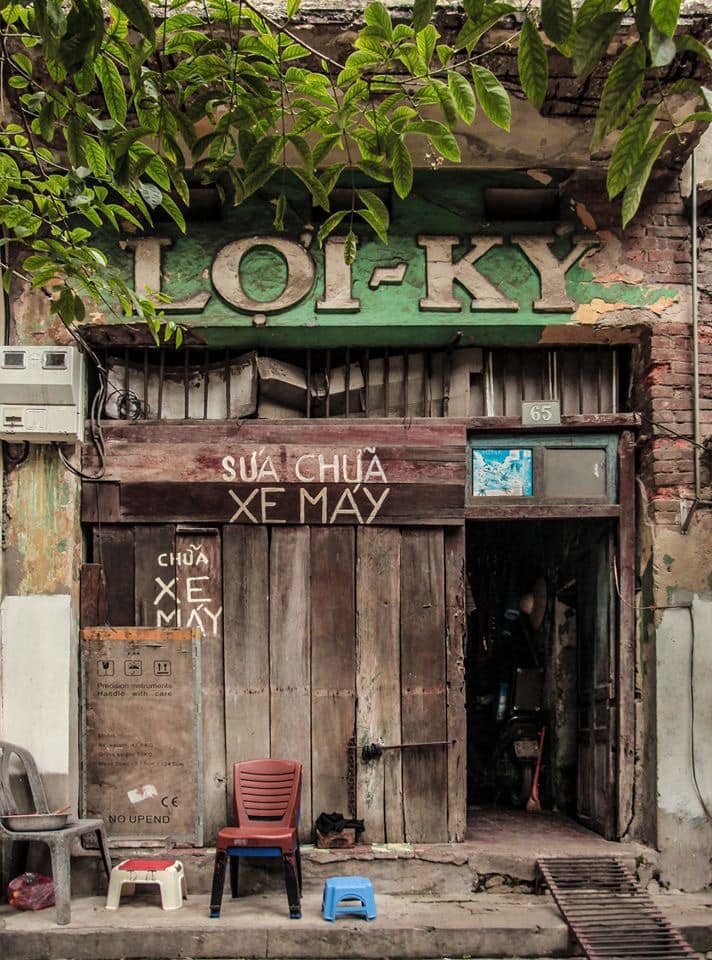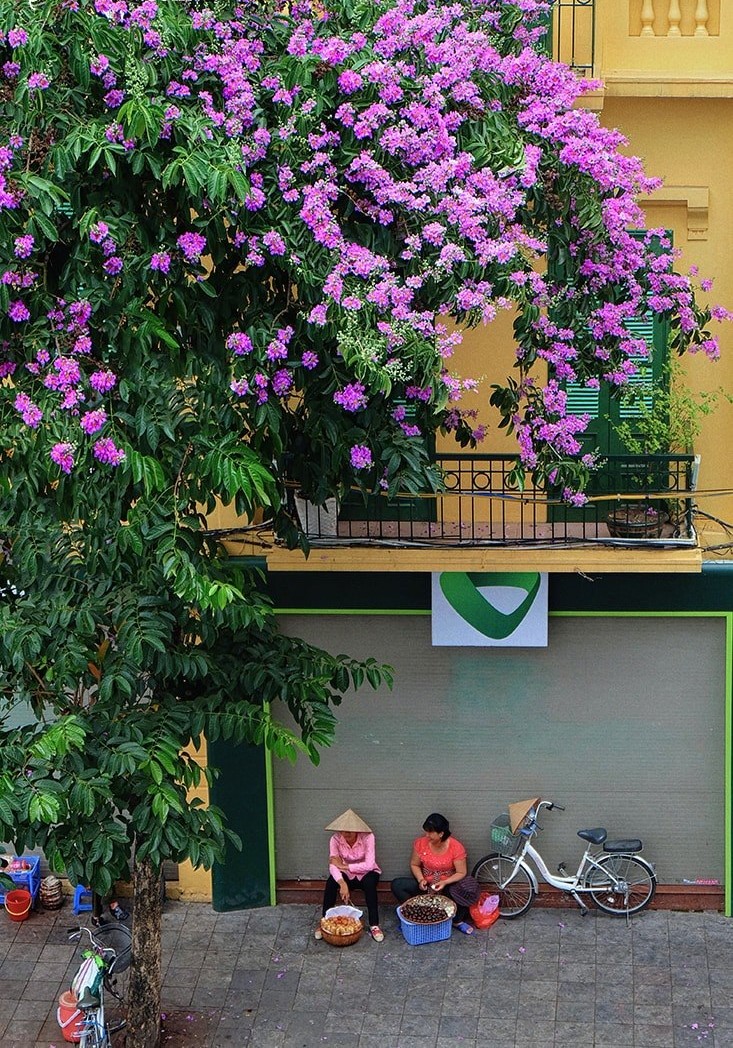Hanoi’s Old Quarter: always the core of urban heritage
The Old Quarter of Hanoi which is the city's historic, cultural, and architectural heart, is its spirit.
Hanoi’s Old Quarter, covering an area of 82 hectares including 10 wards of Hoan Kiem District, is the treasure trove of the city’s and country’s culture, history and architecture.
However, the development requirements of a modern city pose significant challenges to those values.
Preserving priceless values
Hanoi’s Old Quarter is an interesting place that maintains various beauties of the thousand-year-old capital of Vietnam. File photo |
The Old Quarter, which is adjacent to Hoan Kiem Lake, is made up of 79 streets and is bounded by Hang Dau Street in the north, Phung Hung Street in the west, Tran Quang Khai and Tran Nhat Duat Streets in the east, and the streets of Hang Bong, Hang Gai, Cau Go and Hang Thung in the south. Some 121 temples, pagodas, and shrines can be found in the quarter, along with numerous historic houses, including more than 200 of special value.
The old neighborhood has slowly changed in look due to variables like weather, urbanization, economic development, or population growth over time. Many structures have suffered serious deterioration, and others are in danger of collapsing, putting dwellers at risk.
According to Prof. Luong Tu Quyen from the Faculty of Urban and Rural Planning, Hanoi Architectural University, one of the greatest challenges confronting the preservation of Hanoi's Old Quarter today is to meet the increasing material, cultural and spiritual demands of society. Controlling the alarmingly quick changes in the artifacts on the major streets is getting more and more challenging. The typical architectural shape is slowly vanishing, and the streetscapes have since become distorted and disproportionate.
In order to effectively address the issue of relic conservation, many nations have successfully implemented policies and models, according to Dr. Architect Nguyen Quoc Tuan, Dean of the Faculty of Architecture and Engineering at Phuong Dong University.
| A motorbike repair shop in Hanoi's Old Quarter. File Photo |
For instance, the city of Vancouver in Canada has used Heritage Revitalization Agreements to safeguard privately owned heritages outside of designated historical sites. These agreements benefit both the city and the property owner and prevent the destruction or disappearance of urban architectural heritage landmarks.
Meanwhile, in Sweden, local authorities have made a list of protected historic structures, which includes the surrounding parks, gardens, and landscapes. As a result, there are various fines for violating the laws regarding the preservation of historical and cultural structures.
New look for the old neighborhood
The residential culture of the townsfolk through the feudal and colonial periods is still present in the Old Quarter, making it a living heritage. While intangible values are more likely to be lost due to changes in life, architectural structures often last for a long time.
Therefore, the local authorities pay attention heed to preserving, restoring, and promoting the heritage values of the old neighborhood, through specific programs and plans.
In particular, many monuments and spaces in the Old Quarter - after being renovated - have become venues for cultural activities, art exchanges, exhibitions, seminars, and conferences on traditional crafts associated with craft streets and craft villages, thereby promoting the area’s tangible and intangible cultural values.
| The Heritage House at No.87 Ma May Street in Hoan Kiem District, Hanoi. Photo: George Lai |
Typical locations include the ancient house at 87 Ma May Street, Kim Ngan Communal House at 42 Hang Bac Str, Hanoi Old Quarter Cultural Exchange Center (50 Dao Duy Tu St.), Quan De Temple (28 Hang Buom Str.), Dong Lac Communal House (38 Hang Dao Str.), Arts and Culture Center (Cantonese Assembly Hall - 22 Hang Buom Str.) or Nam Huong Communal House (75 Hang Trong Str.).
In addition, since 2019, resources have been centered around renovating French-style structures such as June 1st Kindergarten (23 Nguyen Quang Bich Str.), Trung Vuong Middle School (26 Hang Bai Str.), the Hoan Kiem District police headquarters (2 Trang Thi Str.) and Cua Dong Ward police headquarters (18 Nguyen Quang Bich Str.)
In recent years, the conservation, restoration, and promotion of heritage values in the Old Quarter and Hoan Kiem Lake area have achieved certain results.
| A corner of Hanoi's Old Quarter Area in the modern days. Photo: Cao Anh Tuan |
Undeniably, the Old Quarter has been a strong entity throughout the city’s growth over the course of more than 10 centuries, serving as the home to distinctive heritage values. With its own identity and in the face of challenges from urbanization and modernization, the neighborhood always adapts to survive and thrive.
However, it requires support from all stakeholders to preserve the area.
The Old Quarter, which has a significant place in the lives of both modern Hanoians and ancient Thang Long people, bears the spirit of the Thang Long capital land, according to People's Artist Tran Quoc Chiem, Chairman of the Hanoi Association of Literature and Arts.
The area is an endless source of inspiration for vibrant artworks, and such art forms as architecture, performance folk art, literature, cinema, dancing, theater, photography, fine arts, and others all make positive contributions to the conservation of the Old Quarter heritage.
















